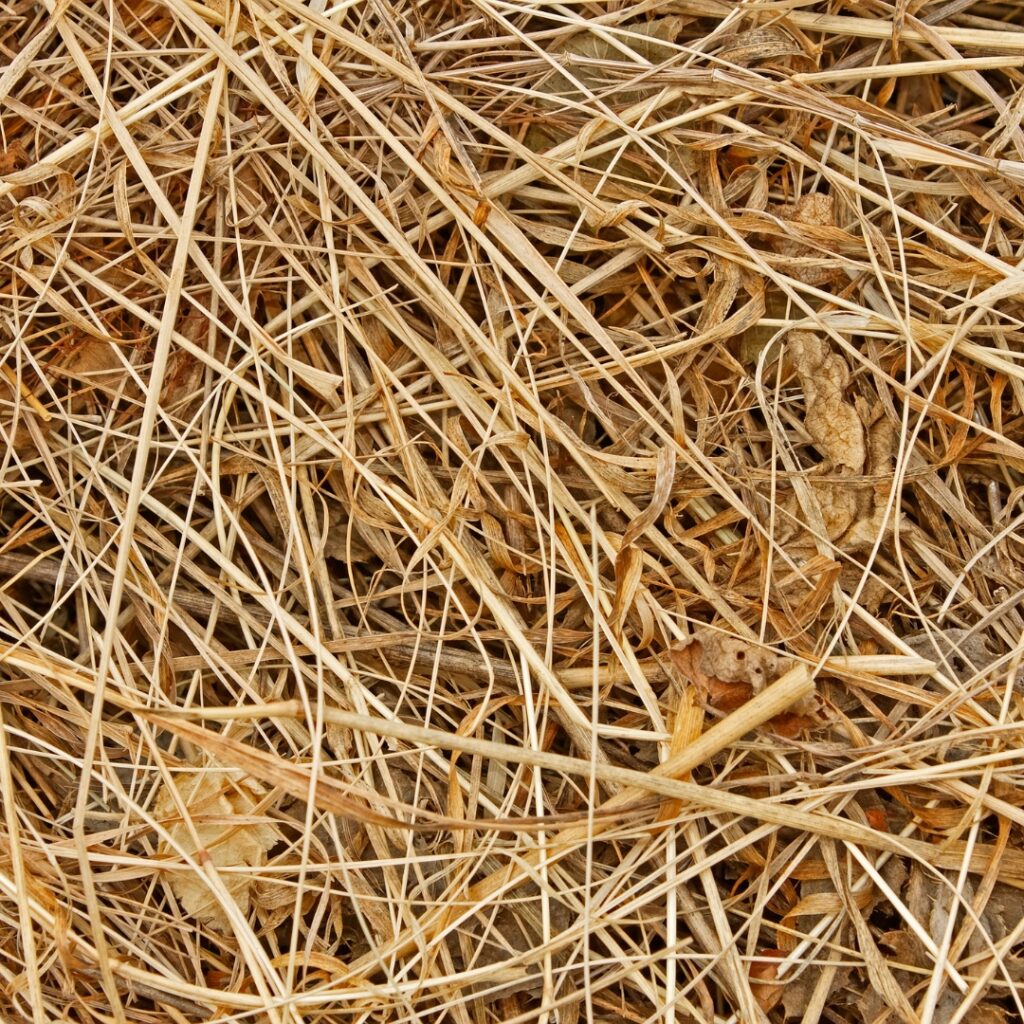
Forage analysis is a crucial first step when formulating every balanced diet at Balanced Bay. Hay is typically the most prevalent portion of a horse’s diet; therefore, it only makes sense that we know its nutritional value. Taking a sample of the hay and sending it for laboratory analysis is the only way to determine the precise nutritional content.
A misconception is that some horse owners believe that their hay is extremely similar year-to-year if it is harvested from the same field, so therefore, there is no point in continually testing it. This is far from the truth as there are a variety of factors that influence the nutritional composition of hay. The species of plant, maturity of the plant at harvest, weather conditions that season, time of day the forage was cut, and drying time are all key factors when it comes to harvesting hay and the resulting nutrition in that forage. Therefore, even if your hay is harvested by the same person, off the same fields year after year, testing remains critical as its nutritional composition can change.
Recently I received an inquiry from a horse owner about having their hay tested to evaluate the sugar content. Unfortunately, their horse had severely foundered and was euthanized. This was after consuming forage that had been harvested off of the same field for over 6 years. Upon visual inspection the hay was quite mature, more yellow in colour, and a grass mix (primarily timothy). The forage came back at over 25% non-structural carbohydrates. It is disappointing that this forage was not tested beforehand, but a crucial lesson to every horse owner to not feed your horse untested hay, especially if they have metabolic issues or are part of a high-risk group.
As an independent equine nutritionist based in Ontario, I have the opportunity to review hay analyses from various areas! I thought it would be interesting for horse owners in Ontario to share some of the trends that I have observed from 2022-2023 hay. The data shared in this article is all from grass-mixed hay bales that have been harvested off the same fields in both 2022 and 2023. Additionally, all of these samples were taken by myself using the same method and sent to the same laboratory for testing. The key areas that this article will compare, and highlight are crude protein content, non-structural carbohydrates, digestible energy, and the calcium to phosphorus ratio. All percentages are provided on a dry matter basis.


As illustrated in the various tables, the nutritional value of hay is not consistent from the same source year-to-year. These are all repeat clients and as you can tell, diet adjustments are required to ensure the program stays optimal to the forage the horse is consuming. Significant changes that we see in this chart, such as the protein and calcium to phosphorus ratio will directly reflect changes in the diet and how the nutrition program is balanced for that individual situation.
If you have your hay tested and the protein is low, you are likely going to be adding protein to the ration, however, if the next year you test the forage and the protein content is higher, you will want to be removing any unnecessary additional protein as that is better for the horse and your bank account!
If you are curious about the nutritional content of your hay and how knowing this information can improve your horse’s nutrition plan, please don’t hesitate to reach out – I would love to work with you in optimizing your horse’s nutritional well-being.
By: Madeline Boast, MSc. Equine Nutrition
Copyright © 2024 Balanced Bay Nutrition | Site Crafted by Bay Mare Design